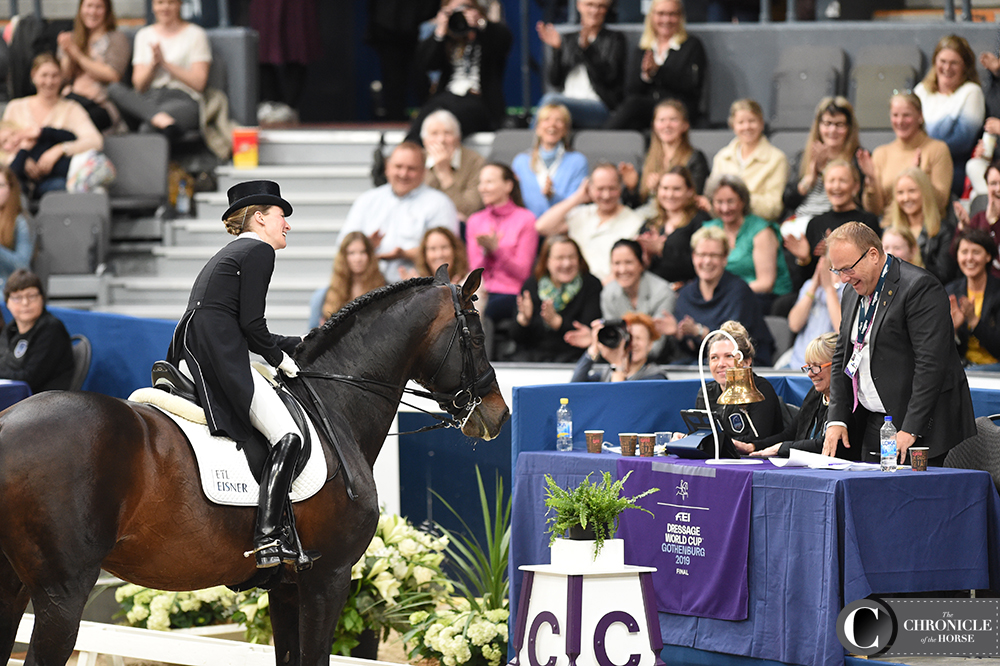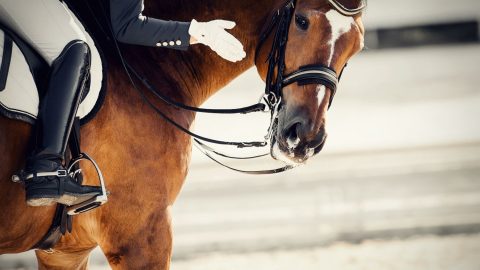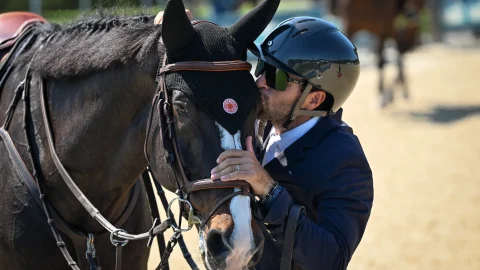Dressage is often called “the art of harmony.”
An art where the precision of geometry meets the invisible poetry of communication between horse and rider.
And yet, within this art, judges must transform feelings into numbers — emotion into a scale from 0 to 10.
This paradox raises a fundamental question:
Can you truly judge what you have never felt?
The Knowledge of the Eye vs. the Knowledge of the Seat
A dressage judge must possess impeccable technical knowledge: the training scale, the directives of every movement, the symmetry of the lines, and the clarity of the rhythm.
But knowledge alone is not enough.
To understand why a horse loses rhythm in a half pass, or how a rider achieves such softness in a transition, one needs more than visual accuracy — one needs the feeling.
The feeling of contact that becomes light, the sensation of a back that swings, the delicate timing of the aids that makes a flying change feel effortless.
It’s this inner experience that transforms observation into comprehension.
Because only someone who has once felt a horse seek the hand, lift the withers, and carry itself, can recognize when it truly happens before their eyes.
Empathy Through Experience
Empathy is not a romantic idea in judging — it is a technical necessity.
A judge with experience as a rider knows how much courage it takes to ask for more collection, how thin the line is between brilliance and tension, and how much patience lies behind a moment of lightness.
This empathy doesn’t mean giving higher marks; it means understanding context.
It allows a judge to distinguish between resistance and misunderstanding, between a momentary loss of balance and a deeper training issue.
It gives depth to judgement — not softness.
As one international judge once said:
“You can learn the rules in a classroom.
But you can only understand a horse in the saddle.”
The Ideal Judge: Knowledge, Fairness, and Feel
The best judges combine both worlds — a deep theoretical foundation and a lived physical understanding.
They have ridden, trained, and perhaps competed, but they’ve also studied biomechanics, psychology, and the evolution of dressage judging systems.
They know that dressage is not only about correctness, but also about expression, suppleness, and willingness — all things that can’t be measured without feeling.
Their seat may no longer be in the saddle, but their eye remains connected to it.
A Shared Responsibility
Ultimately, good judging is not only about marks; it’s about guidance.
Judges shape the direction of the sport. Their collective understanding defines what we reward — tension or harmony, spectacular movement or correct training.
That’s why it is essential that judges never lose connection with what happens inside the arena — the physical and emotional dialogue between horse and rider.
Because when a judge can feel through their eye, their decisions elevate the entire discipline.
In the end, the best judges are not only those who see — they are those who have felt.





